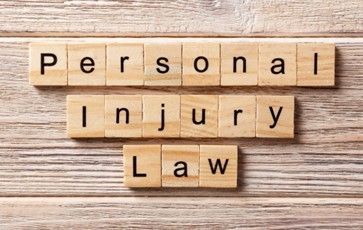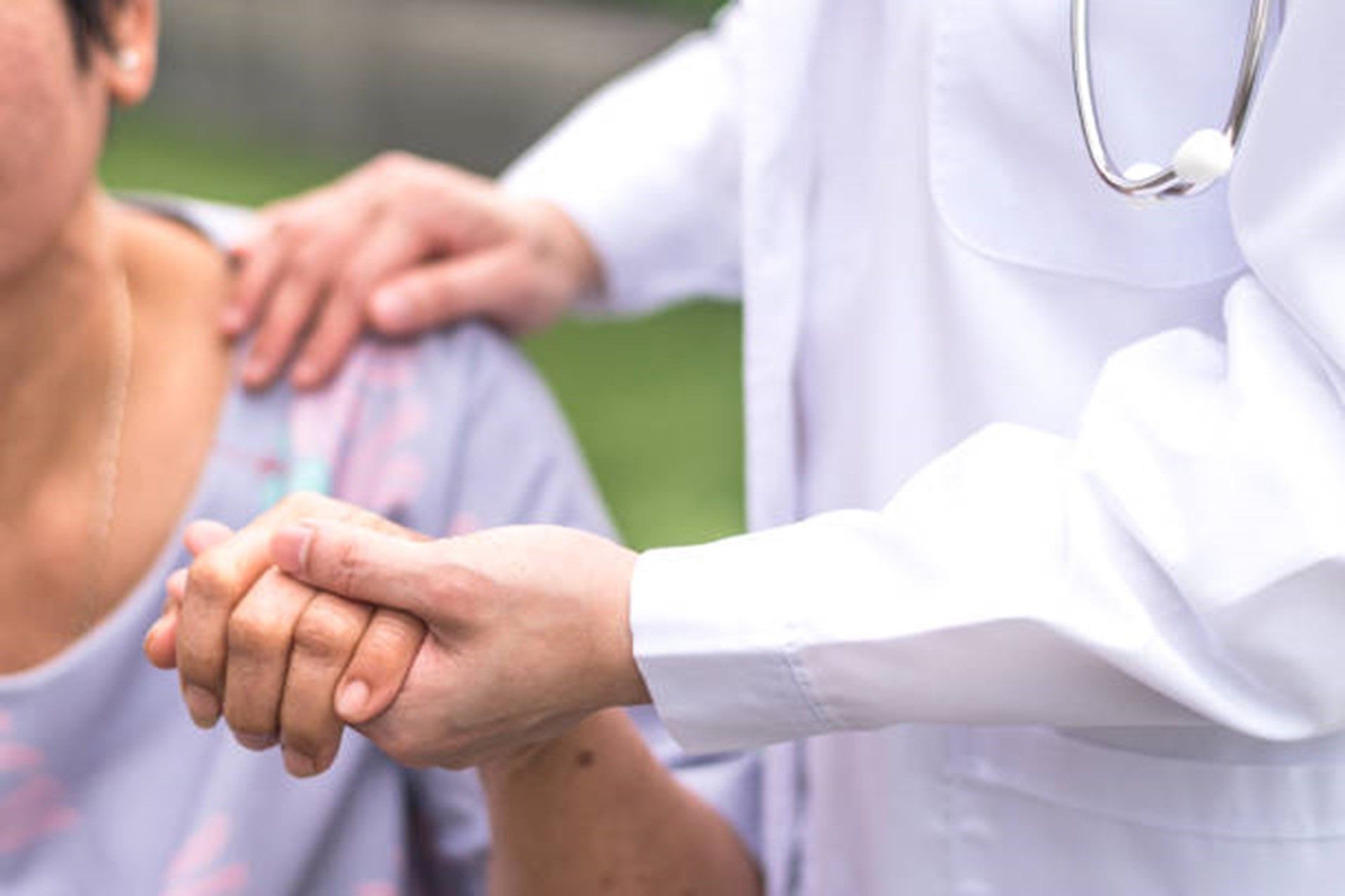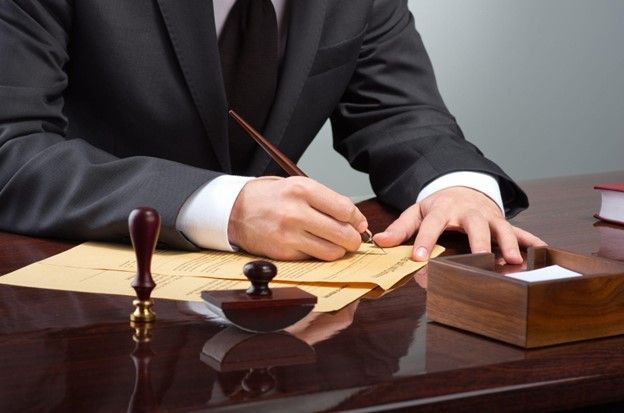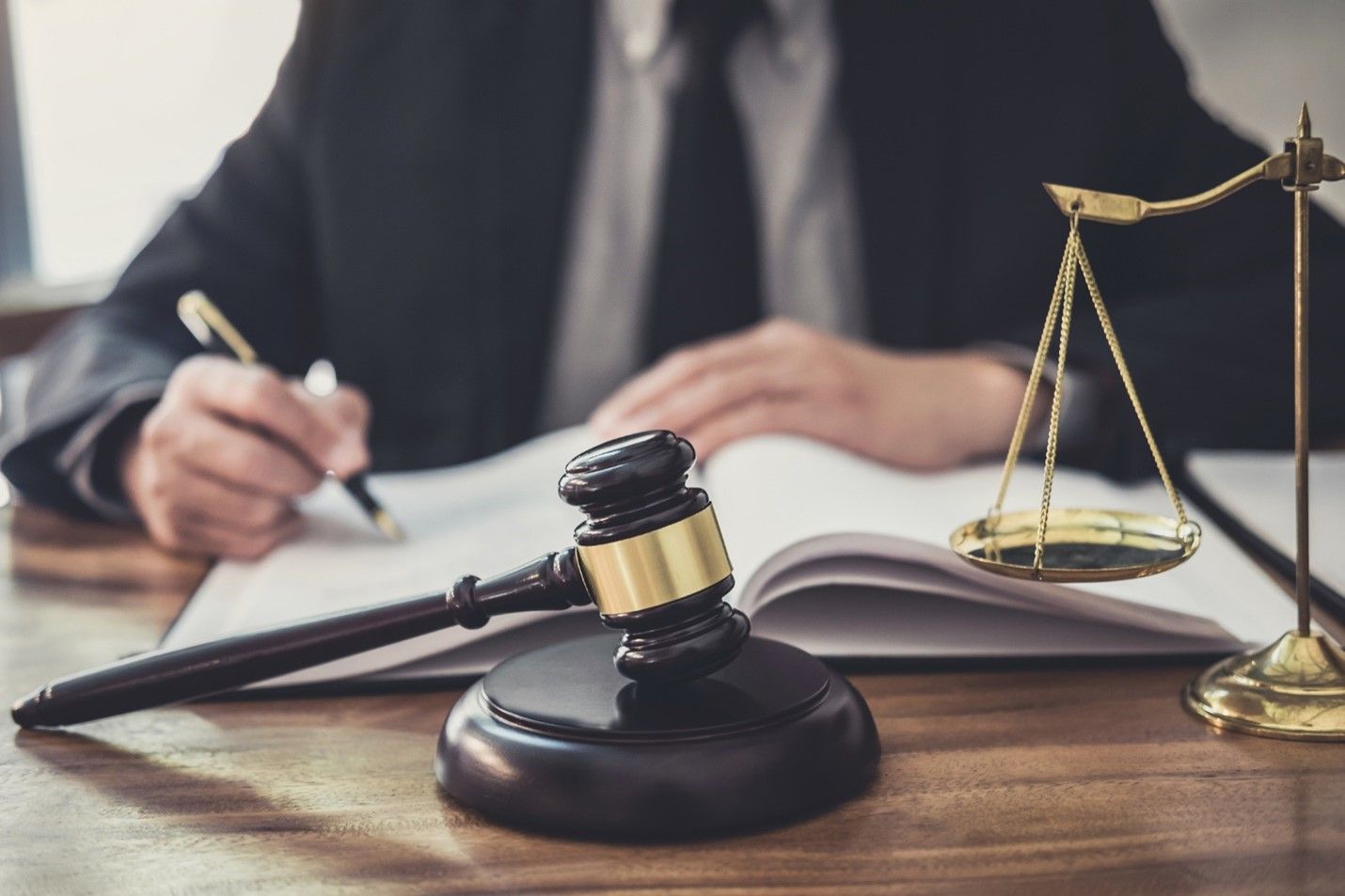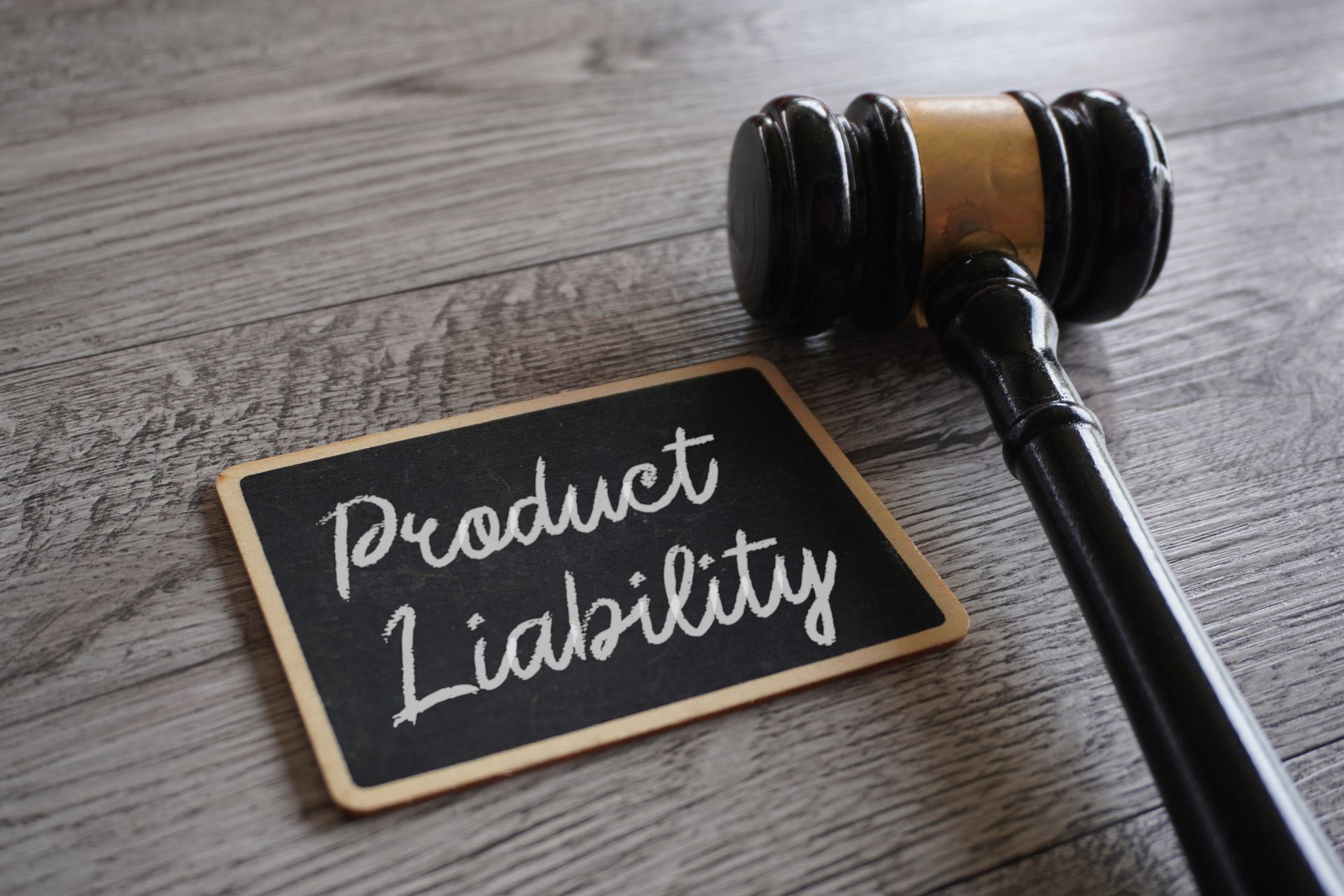Car Accidents Involving Pedestrians: What to Know
A study conducted by the National Highway Traffic Safety Administration found that car accidents involving pedestrians were on the rise. In 2018 alone, 6,283 pedestrian deaths happened. If you have sustained an injury as a pedestrian in a car accident, learn some information that will help you when making a personal injury claim.
Fault for Pedestrian Accidents
All drivers have a duty of care. This means a driver should be mindful of other drivers and pedestrians on the road. For example, a driver may move within the speed limit, but when they see a pedestrian on the road, the duty of care should lead them to slow down or stop.
Additionally, drivers should abide by the posted speed limits and obey traffic signs. If the injured pedestrian can prove that the driver violated a traffic law, then the courts will often hold the driver liable for the accident.
The court can find a pedestrian responsible for an accident if they act carelessly, making it impossible for the driver to avoid hitting them. Examples of carelessness could include a pedestrian jumping in front of a moving vehicle or walking on the road at night wearing dark clothing.
In both of these cases, the driver may not be able to prevent an accident; so, the pedestrian is responsible for the accident. In some cases, the court will find the driver and pedestrian equally liable for an accident.
Insurance Policies for Pedestrian Accidents
A pedestrian's health insurance can often cover them in case of a car accident. If the accident occurs while they are working, workers' compensation insurance will also often cover them. Other policies that can cover a pedestrian involved in an accident include auto liability insurance or a no-fault policy.
Under auto liability insurance, the injured pedestrian can make a claim against the driver's auto liability insurance. In many states, drivers should have liability insurance to cater for injuries to third parties. Compensation by the driver's insurance company will depend on who caused the accident and other insurance policy terms and conditions.
Under the no-fault coverage, the insurance company pays for a pedestrian's medical costs and lost wages without regard to who caused the accident. This coverage is personal injury protection (PIP). The laws on PIP policies vary between states. In Texas, this coverage is optional, but you still can get the coverage you need. The key is sufficient documentation and quick accident notification.
Steps to Take After a Pedestrian Accident
The first thing you need to do after an accident is to notify the police. The police will arrive at the scene immediately to capture your statement and the driver's statement. Also, take photos of the accident scene and the car that hit you.
If possible, try and obtain the driver's name and take note of the car's license plate. You should also get the contact information of any witnesses to help strengthen your claim if the case goes to trial.
The next thing you should do is seek medical treatment. Insurance adjusters assume that you aren't hurt if you don't go to the hospital immediately after an accident. At the hospital, you can contact your lawyer to advise you on the way forward. Your lawyer will review the facts of your case and tell you whether you should proceed with a personal injury claim.
If you have sustained injuries from a car accident, you can often claim damages. Proving liability in car accidents involving pedestrians can be difficult without the assistance of an experienced attorney. For more information about auto accidents involving pedestrians in Texas, come to the Law Offices of Janice Maloney today.
